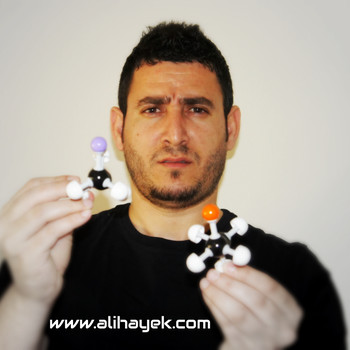What is #"Gibbs Free Energy"#?
2 Answers
Gibbs free energy,
For a reaction to occur, it needs to cause the total entropy of the reaction system,
But, because "the surroundings" is effectively the whole rest of the universe, it's quite difficult to accurately measure
Therefore, the Gibbs free energy equation was invented, because if
Derivation of the Gibbs free energy equation:
Multiplying through by
NOTE: when doing actual calculations enthalpy
The Gibbs free energy is classically the energy associated with a chemical reaction that can be used to do work. It includes an enthalpy term,
Explanation:
By definition, the Gibbs free energy is defined by the relationship:
We can introduce specified standard state conditions, but if
Given this relationship, only negative
Often you see values of
I recommend this video that explains in details Gibbs free energy.




